Longevity, Savings, Value: Top-Tier Siding Materials Pay Off

Choosing high-quality siding materials is a strategic investment that saves money over time by reduc…….
Siding materials, an integral component of architectural design, play a pivotal role in shaping the aesthetics and functionality of buildings worldwide. This comprehensive article aims to explore the diverse world of siding, delving into its definition, historical evolution, global impact, economic significance, technological innovations, regulatory frameworks, challenges, case studies, and future prospects. By the end of this journey, readers will gain a profound understanding of how siding materials contribute to the built environment and why they continue to be a subject of fascination and development.
Siding, in its essence, refers to the exterior cladding or covering of a building’s walls. It is a protective layer that not only enhances the visual appeal but also serves multiple functional purposes. Traditional siding materials include wood, vinyl, aluminum, fiber cement, stone, and brick. Each material offers unique characteristics, such as durability, aesthetic appeal, insulation properties, and maintenance requirements, making them suitable for different architectural styles and climates.
The influence of siding materials extends far beyond individual buildings, shaping urban landscapes and architectural trends worldwide. Here’s an overview of its global impact and emerging trends:
| Region | Popular Siding Materials | Trending Styles/Innovations |
|---|---|---|
| North America | Vinyl, Fiber Cement, Aluminum | Oversized shingles, modern textures |
| Europe | Wood, Brick, Composite | Eco-friendly options, historical recreations |
| Asia Pacific | Vinyl, Stone, Timber | Minimalist designs, smart technology integration |
| Latin America | Aluminiun, Vinyl, Stucco | Bright colors, traditional patterns |
The economic landscape of siding materials is dynamic, influenced by market demand, production capabilities, and technological advancements. Here’s a closer look:
Technological innovations have revolutionized siding materials, offering enhanced performance, improved aesthetics, and smarter functionality. Some notable advancements include:
The regulatory framework surrounding siding materials is vital to ensuring safety, environmental sustainability, and consumer protection. Governments worldwide have implemented various policies and standards:
Despite its widespread use, the siding materials industry faces challenges that hinder innovation, adoption of new technologies, and long-term sustainability. Addressing these issues is crucial for the sector’s future growth:
This project involved rehabilitating an historic city center by installing modern fiber cement siding on several landmark buildings. The chosen material, known for its durability and low maintenance, preserved the architectural integrity while enhancing the area’s aesthetic appeal. This case highlights how siding materials can contribute to urban renewal while maintaining a building’s historical character.
A housing development in Vancouver utilized advanced vinyl siding with built-in insulation and energy-efficient features. This innovative approach significantly improved the buildings’ thermal performance, resulting in reduced heating and cooling costs for residents. The project received accolades for its sustainable design and energy savings.
In response to frequent hurricanes, Miami implemented a comprehensive coastal protection strategy that included installing high-performance fiber cement siding on many residential buildings. This measure not only enhanced the structures’ resilience but also provided a visually appealing finish that complemented the area’s architecture.
The future of siding materials looks promising, with several growth areas and innovative developments on the horizon:
Siding materials are not just exterior coverings; they are integral to the identity, performance, and sustainability of buildings worldwide. From historical evolution to modern innovations, this article has explored the multifaceted nature of siding, its global impact, economic considerations, technological advancements, regulatory frameworks, challenges, and promising future prospects.
As the construction industry continues to evolve, siding materials will remain a critical component, driving architectural design, energy efficiency, and environmental sustainability. By embracing new technologies, fostering innovation, and addressing regulatory challenges, the industry can unlock even greater potential, shaping a more beautiful and resilient built environment for generations to come.
Q1: What are the most environmentally friendly siding materials available?
A: Eco-friendly options include fiber cement, recycled content vinyl, and bio-based polymers. These materials minimize environmental impact during production and at end-of-life stages due to their durability, recyclability, and low carbon footprint.
Q2: How do I choose the right siding material for my home?
A: Consider factors like climate, architectural style, budget, maintenance requirements, and energy efficiency ratings. Consult with professionals and review local building codes to make an informed decision that aligns with your project’s unique needs.
Q3: Can siding materials contribute to energy savings in buildings?
A: Absolutely! Some siding materials, such as insulated vinyl or fiber cement, incorporate built-in insulation properties, reducing heat transfer and lowering heating/cooling costs. Additionally, smart siding technologies can optimize energy performance based on weather conditions.
Q4: Are there any new technological advancements in siding materials?
A: Yes, constantly. 3D printing, smart sensors, and bio-based polymers are revolutionizing the industry. These innovations offer enhanced performance, improved aesthetics, and smarter functionality, shaping the future of siding materials.

Choosing high-quality siding materials is a strategic investment that saves money over time by reduc…….

The cost of siding materials varies by type and quality, with research and comparing quotes essentia…….
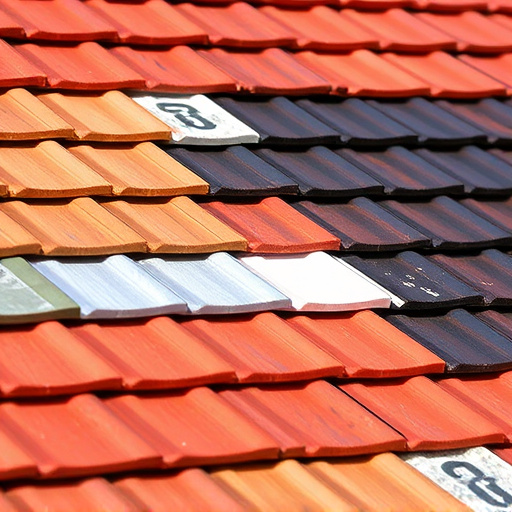
Choosing the right siding materials is crucial for enhancing home exterior appeal and longevity. Div…….
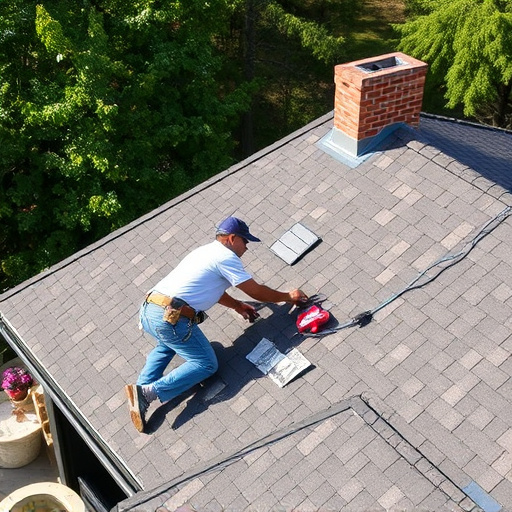
Choosing fiber cement or vinyl siding for coastal/humid regions offers superior protection against r…….
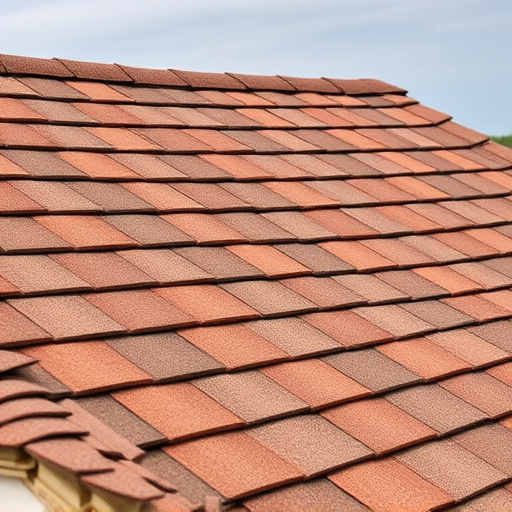
Selecting exterior siding materials requires balancing durability and aesthetics. Options like vinyl…….
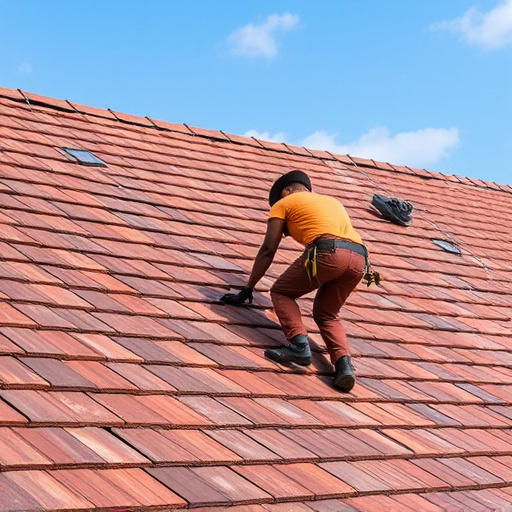
Siding materials protect homes and enhance curb appeal with varying lifespans and maintenance needs……..
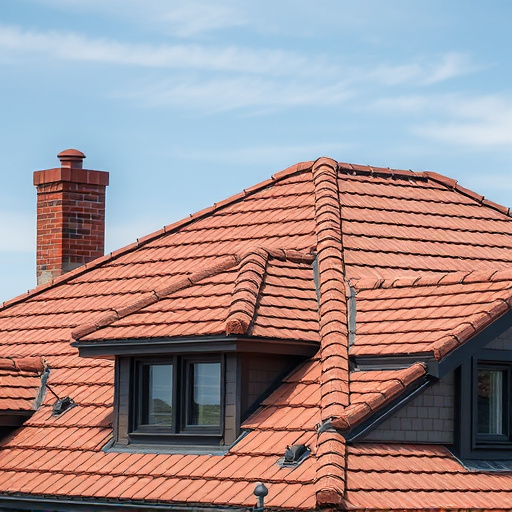
Regularly inspect siding for wear and tear, such as warping, peeling, or cracking, as well as faded…….
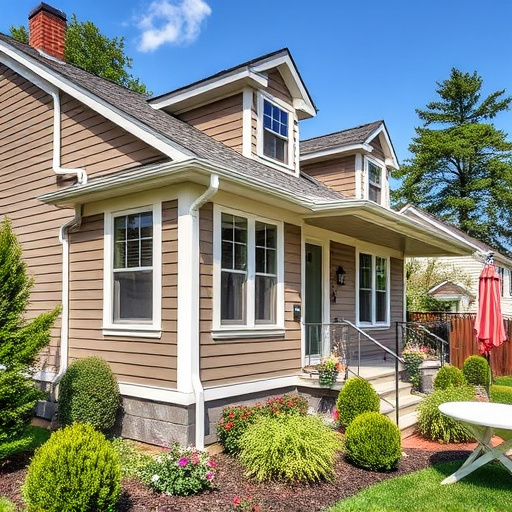
Selecting suitable siding materials is crucial for a cohesive home exterior. Different options like…….
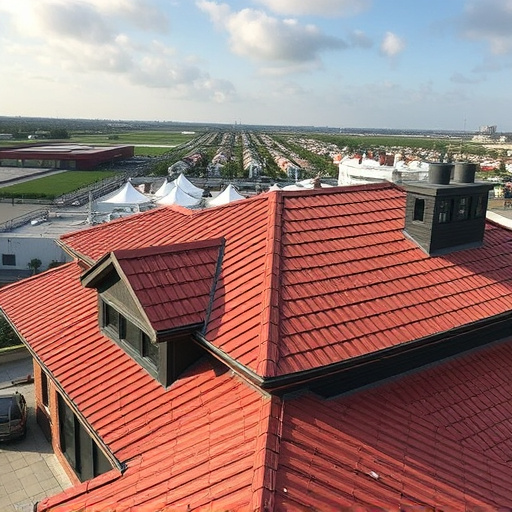
Builders prioritize durable siding materials for environmental resistance, reducing maintenance cost…….
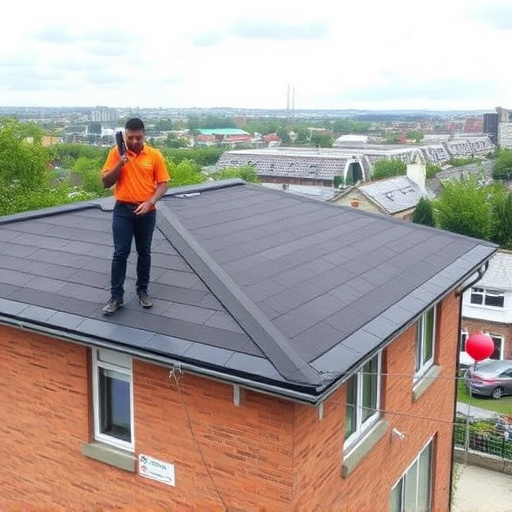
In harsh climates, selecting durable siding materials like fiber cement or vinyl is essential for pr…….